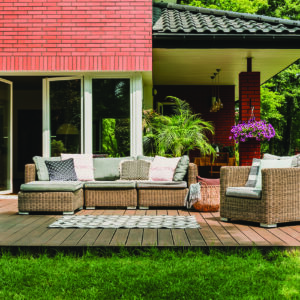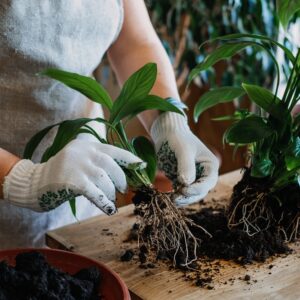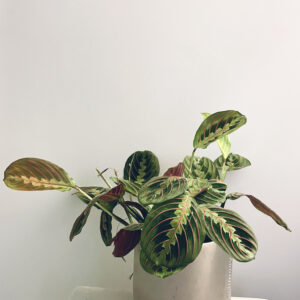
Sustainability is a concept that can be applied to many facets of life, and gardening is no exception. Sustainable gardening involves preserving and protecting resources, which can benefit us both in the present and in the future. Sustainability is especially applicable to gardening, and the following are a handful of ways green thumbers can embrace sustainability in their gardens.
Choose to water more effectively. Oscillating sprinklers may harken today’s gardeners back to the carefree days of their childhoods when they would run through the sprinklers in their parent’s yards. But such sprinklers can lose substantial amounts of water to evaporation. When designing an irrigation plan for your lawn and garden, use drip irrigation or soaker hoses to conserve water. If you must use sprinklers, make sure they are not shooting water too high, as wind can blow the water away from the yard where it belongs, and be sure to position them so no water is landing on sidewalks, the driveway or the street.
Add mulch to flower and plant beds. Many a gardener has gone to bed with a beautiful garden only to return in the ensuing days and see flower and plant beds littered with weeds. Mulch is perhaps best known for helping flower and plant beds retain moisture, but mulch also prevents the growth of weeds. Preventing weed growth means your water is going to the plants and flowers you intended it for and not to greedy and unsightly weeds. Preventing weed growth also reduces your use of potentially harmful pesticides to curtail the growth of weeds.
Develop a compost pile. Compost is made up of decayed organic material, and it can be used as a fertilizer. Gardeners can make their own compost piles at home, providing valuable minerals and nutrients for their lawns, without having to rely on store-bought amendments that need to be produced, packaged and transported before they can make it onto the shelves in your local lawn and garden center.
Choose native plants. A garden filled with exotic plants and flowers may be stunning, but unless those plants are native to where you live, that beauty is coming at a steep price. When choosing plants for your garden, choose native plants that are fully capable of thriving in your local climate. Non-native plants are likely to need excessive watering and other less sustainable attention that native plants do not need.
Plant with a plan. When planting trees around your property, plant them in locations that can reduce your reliance on air conditioning in the warmer months. Plant a tree in a place where it will help to shade common areas inside your home so such rooms are comfortable without the air conditioner cranking all day long. You can go one step further, and plant deciduous trees that will shed their leaves when the weather gets cold, ensuring that sunlight you want to keep out in the summer can get in and warm up the house in the winter, reducing the amount of energy needed to heat your home.










